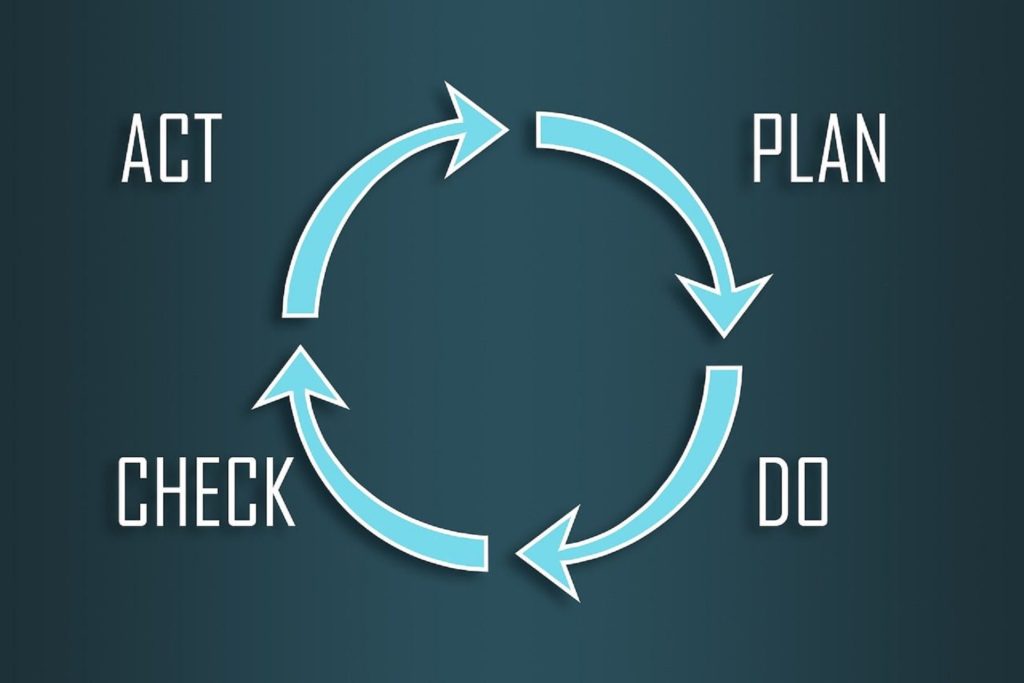In the competitive and efficiency-driven world of customer service, call centers play a critical role in shaping the customer experience. Among the many metrics used to evaluate performance, Average Handle Time (AHT) stands out as one of the most important. AHT measures the average duration of a customer interaction, including talk time, hold time, and after-call work. While some may view this as a simple efficiency metric, AHT carries deeper implications for customer satisfaction, operational costs, and agent productivity.
What Is AHT and How Is It Calculated?
Average Handle Time is calculated using the following formula:
AHT = (Total Talk Time + Total Hold Time + Total After-Call Work Time) / Number of Calls Handled
This metric provides a clear snapshot of how long agents are spending on customer interactions, which can be analyzed to improve efficiency and service quality.
Why AHT Matters
1. Operational Efficiency
AHT is a key performance indicator (KPI) for resource planning. A lower AHT means agents can handle more calls in the same amount of time, which is essential for managing call volume and reducing customer wait times. According to a report by ContactBabel, reducing AHT by just a few seconds per call can save a large call center thousands of dollars annually in staffing costs (ContactBabel, 2023).
2. Customer Satisfaction
While speed is important, it’s crucial not to compromise quality. AHT must be balanced with metrics like First Call Resolution (FCR) and Customer Satisfaction (CSAT). A very low AHT could indicate that agents are rushing customers off the phone, leading to unresolved issues and dissatisfaction. A study by Zendesk found that 69% of customers associate a positive service experience with quick issue resolution, not just fast interactions (Zendesk Customer Experience Trends Report, 2023).
3. Agent Performance and Training
AHT is also a tool for evaluating agent performance. Consistently high AHTs may signal the need for additional training or support, while extremely low AHTs could suggest superficial issue handling. Monitoring AHT helps managers identify skill gaps, improve onboarding processes, and optimize workflow.
4. Cost Control
Call centers often operate under tight budgets. Lower AHT generally reduces the cost per contact, making it a vital lever for cost efficiency. As noted by ICMI (International Customer Management Institute), AHT can significantly impact workforce management decisions, helping to align staffing with forecasted demand (ICMI, 2022).
Best Practices for Managing AHT
- Invest in Agent Training: Equip agents with tools and knowledge to handle queries efficiently without compromising service quality.
- Use Intelligent Call Routing: Directing calls to the most suitable agent can reduce resolution time.
- Leverage Technology: Use CRM systems, knowledge bases, and AI-assisted tools to streamline interactions.
- Monitor and Balance Metrics: Pair AHT with CSAT, FCR, and Net Promoter Score (NPS) for a holistic view of performance.
Conclusion
While Average Handle Time is not the sole indicator of success in a call center, it is undeniably critical. When interpreted and managed properly, AHT serves as a powerful metric that can drive improvements in efficiency, cost control, and customer satisfaction. The key lies in using AHT as part of a balanced scorecard, ensuring that speed does not come at the expense of service quality.
References
- ContactBabel. (2023). The UK Contact Centre Decision-Makers’ Guide. https://www.contactbabel.com/
- Zendesk. (2023). Customer Experience Trends Report. https://www.zendesk.com/blog/trends/
- ICMI. (2022). How to Use Average Handle Time the Right Way. https://www.icmi.com/resources/2022/how-to-use-average-handle-time








